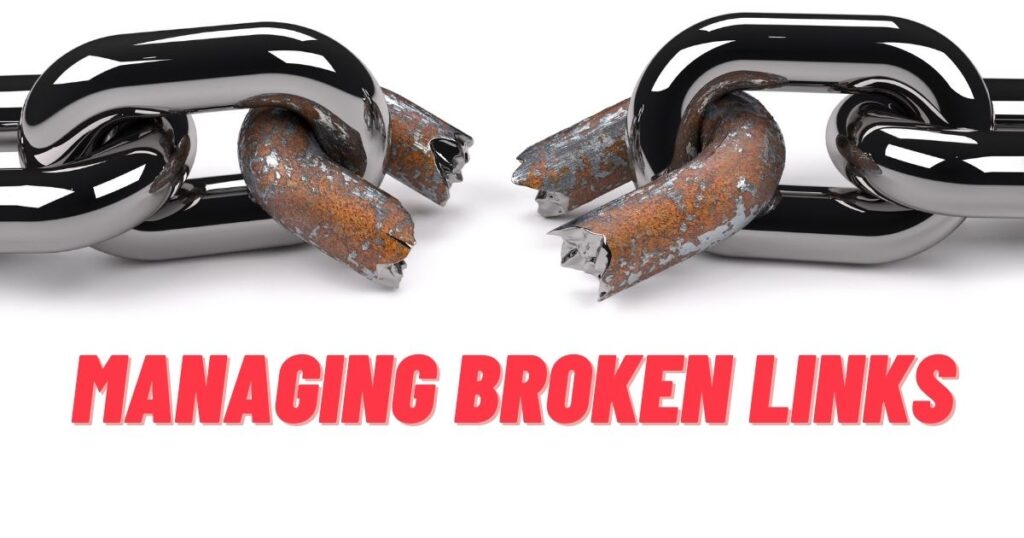
Broken links can negatively impact a website’s search engine optimization (SEO). They can lead to a poor user experience and hurt a site’s credibility with users and search engines. Broken links can occur for various reasons, including when a webpage is moved or deleted or a link is mistyped or misspelled. In this tutorial, we’ll explore some strategies for managing broken links.
- Regularly check for broken links: It’s essential to periodically check for broken links on your website to ensure a good user experience. You can use tools like Google Search Console, Screaming Frog, or Broken Link Checker to identify broken links on your website.
- Fix or replace broken links: Once you’ve identified broken links on your website, you should fix them by updating the link to the correct URL or replacing them with a similar link. This can help ensure that users can access the information they’re looking for and can help maintain a positive user experience.
- Use redirects: If a page on your website has been moved or deleted, you can use a redirect to send users to the new or updated page automatically. There are several redirects, including 301 redirects (which indicate a permanent move) and 302 redirects (which indicate a temporary move).
- Customize error pages: If a user clicks on a broken link, they’ll typically be taken to an error page. You can customize this error page to provide more information about what went wrong and to offer suggestions for other content they may be interested in.
Examples of how to manage broken links:
Example 1: You have a blog post with several outbound links and discover that one is broken. You should either update the link to the correct URL or replace it with a similar link that works. If the link is broken because the external page no longer exists, you can use a redirect to send users to a similar page.
Example 2: You’ve recently updated your website and moved several pages to new URLs. However, some external websites are still linking to the old URLs, which are now broken. In this case, you can use a 301 redirect to send users to the new page automatically. You can also contact the external websites and ask them to update their links to the new URLs.
Example 3: A user clicks on a link on your website and is taken to an error page. You can customize this error page to provide more information about what went wrong and to offer suggestions for other content they may be interested in. For example, you could include links to popular blog posts or a search bar to help them find what they want.
SEO Tutorial Class – 20
Ongoing SEO monitoring and reporting | SEO Tutorials class – 20
